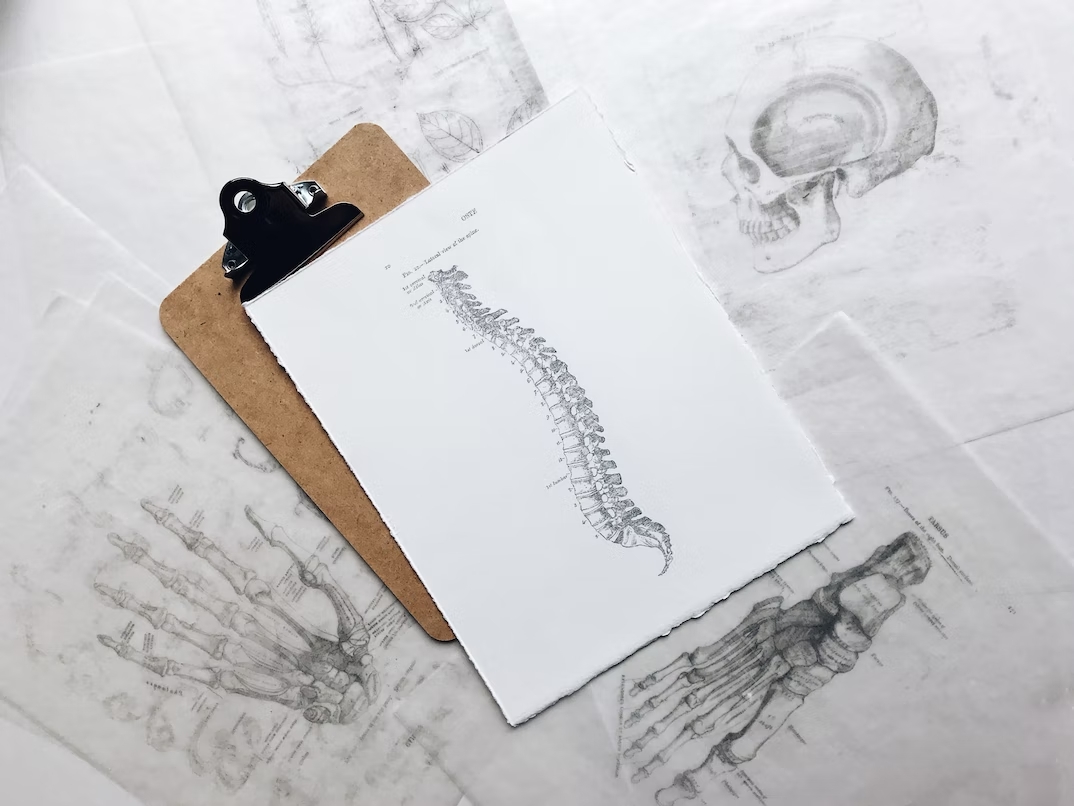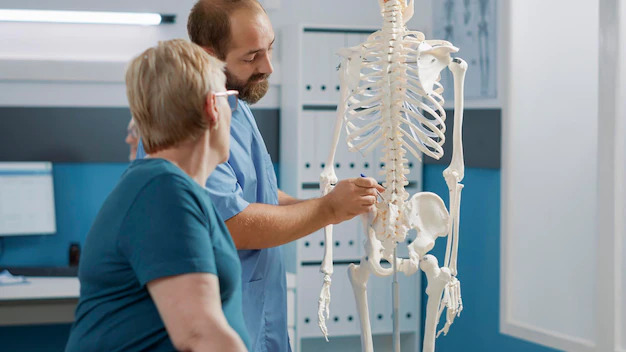25 Nov 2022 | Jennifer
What is the difference between kyphoplasty and vertebroplasty?
The minimally invasive procedures kyphoplasty and vertebroplasty are used to relieve the pain caused by compression fractures of the vertebrae or spine bones. Before kyphoplasty and vertebroplasty, fusion and decompression were used to treat compression fractures. Your spine may shorten and bend forward as a result of those breaks if you don't have this treatment.
What is Vertebroplasty?
In vertebroplasty, cement is injected into cracked or broken spinal bone to help relieve pain. The cement hardens and binds the fragments into place and provides stability to the vertebrae. Without making an attempt to move the vertebra into place, vertebroplasty immediately stabilizes the area. This means that it is substantially less successful when treating fractures that have significantly increased vertebral collapse or spinal deformities. Fortunately, kyphoplasty procedures can help here.
Spinal bones are known as vertebrae. Vertebroplasty is used to treat compression fracture, which is usually caused by osteoporosis. Older persons are most susceptible to osteoporosis.
Many compression fractures don’t need treatment. Vertebroplasty can help if you have severe pain. Weakened spinal bones can crack into pieces while bending, twisting, coughing or lifting.
Before the procedure
Avoid drinking or eating several hours before vertebroplasty. For a few days prior to the surgery, you might need to avoid using blood thinners. Make sure you follow the instructions given by your healthcare provider. Tell your healthcare provider if you have allergies or medications you are taking. Blood tests are also conducted.

During the procedure
Most likely, a flexible, thin tube will be put into a vein in your arm or hand. Your level of anesthetic is determined by the nature of the procedure and the number of affected spinal bones. During the procedure, general anesthesia keeps you in a sleep-like state.
You will lie face down. Vertebroplasty treatment lasts about an hour. If more than one spinal bone requires treatment, the process could take longer. During the treatment, specialized X-rays or CT scans are performed to help guide the needle into the spinal bone. It takes 20 minutes for the cement to harden. A small sample of bone tissue may be taken out for testing to see if the fracture was caused by cancer. Before or after the procedure, radiation therapy for cancer in that bone may also be provided.
What to expect after a procedure?
The majority of people return home on the same day. You can resume normal activities but avoid hard-effort activities at least for six weeks.
For a few days, the spot on your back where the needles were inserted can be painful. Ice packs can relieve pain. Wrap ice with a cloth and use it for 15 minutes every hour.
What is Kyphoplasty?
Similar to vertebroplasty, kyphoplasty starts with the insertion of a needle into the broken vertebral body. However, the similarity ends here. The needle is used to insert a tiny balloon. To create some space balloon is inflated inside the vertebra. As soon as the desired space is achieved, the balloons are deflated, and bone cement is injected. Compared to the cement used in vertebroplasty treatments, this one is thicker, which reduces the risk of cement leakage out of the bone. Patients who undergo kyphoplasty also report immediate pain relief.
Before the procedure
In addition to examining you, your doctor may take blood samples for testing and use X-rays or magnetic resonance imaging (MRI) to find any fractures.
After the procedure
- You could go home the same day or stay overnight.
- You may feel soreness where the needle is inserted for a few days.
- What to avoid will be suggested by your doctor.
- To assist strengthen your bones and avoid further spinal fractures, your doctor may recommend taking specific vitamins, minerals, and medicines.
Who should consider having kyphoplasty or vertebroplasty surgery?
Kyphoplasty or vertebroplasty is advised for patients suffering from back pain caused by osteoporotic vertebral compression fractures. Candidates for these procedures often have limited mobility and functional ability as a result of the fractures.
Your discomfort must be connected to the vertebral fracture in order to be a candidate for a kyphoplasty/vertebroplasty. Your doctor might suggest a dual-energy x-ray absorptiometry (DXA) scan if you have osteoporosis.
What are the benefits of vertebroplasty or kyphoplasty?
- Pain relief.
- Improvement in mobility.
- Spinal cord height restored.

Risks associated with vertebroplasty and kyphoplasty
The risk associated with both procedures include :-
- Infection.
- Blood loss.
- Increased back pain.
- Numbness or tingling.
- Additional fractures.
- Nerve injuries.
- Paralysis could result from compressed neural elements.
- Cement may enter venous pathways and result in a pulmonary embolism.
Vertebroplasty vs Kyphoplasty
- Both are connected to vertebral compression fractures.
- In contrast to vertebroplasty, kyphoplasty involves the injection of cement into a cavity initially created by the inflation of a balloon within the vertebral body.
- Both help in the restoration of spinal height and both are minimally invasive procedures.
It's crucial to speak with a healthcare practitioner before your surgery because one may be preferable to the other for your treatment depending on your past medical history or allergies.
If you have questions or want to schedule an appointment, call Dallas Back Clinics at 469-833-2927.

 Telehealth Visits Available
Telehealth Visits Available
